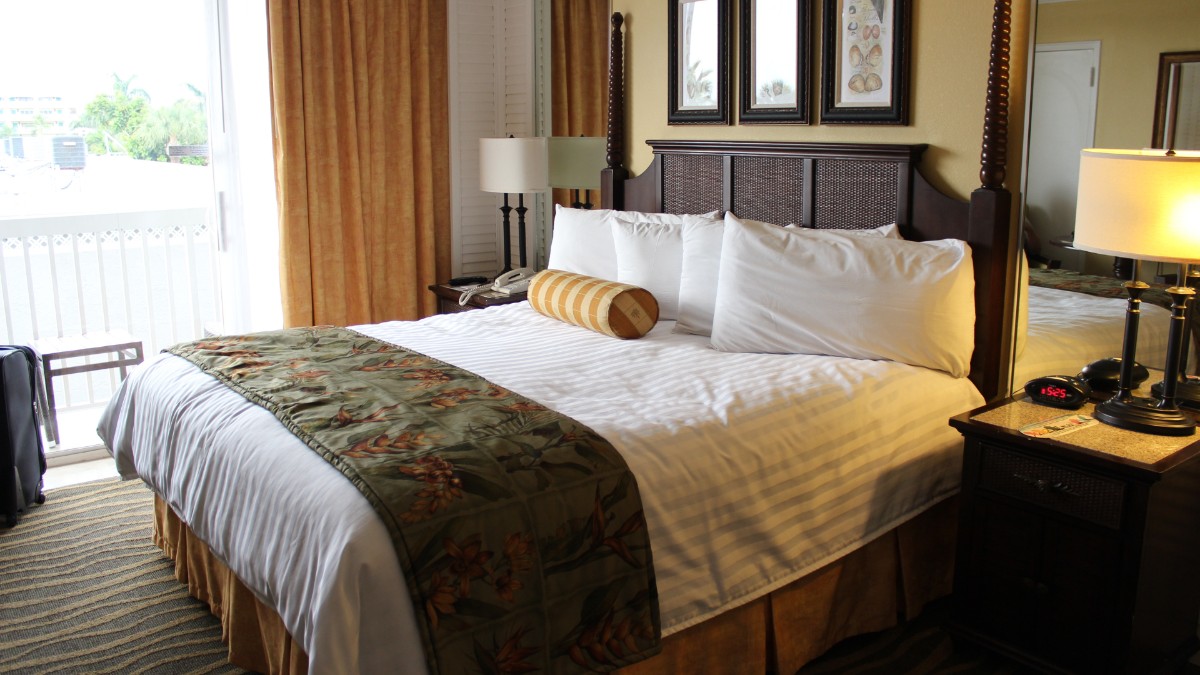Hawaii, with its stunning landscapes and vibrant culture, has long been a dream destination for many. However, the high cost of living and limited housing options have made it increasingly challenging for residents to find affordable places to live. In response to these challenges, co-living spaces are emerging as a viable housing solution, offering a blend of community, affordability, and flexibility.
-Understanding Co-Living Spaces
Co-living refers to shared housing arrangements where individuals or small groups rent private bedrooms while sharing common areas like kitchens, bathrooms, and living spaces. This concept has gained traction in urban areas worldwide, but its adoption in Hawaii reflects the unique socio-economic landscape of the islands.
These spaces often cater to young professionals, digital nomads, and even families looking for an affordable alternative to traditional housing. By pooling resources, residents can enjoy a higher quality of living without the hefty price tag that typically accompanies Hawaii’s real estate market.
-The Economic Benefits

One of the primary attractions of co-living spaces is their affordability. Traditional rental prices in Hawaii can be exorbitant, especially in desirable areas. Co-living offers a solution by allowing individuals to share costs, making it easier for people to live in locations they might not otherwise afford.
For instance, the average rent for a one-bedroom apartment in Honolulu can exceed $2,000, while co-living spaces can provide private rooms for a fraction of that price, often including utilities and amenities. This arrangement not only alleviates financial strain but also allows residents to allocate their funds toward experiences, travel, and savings.
-Community and Social Connections
Beyond financial benefits, co-living fosters a sense of community that is often missing in traditional housing arrangements. Living with others can enhance social interactions and provide emotional support, particularly in a place as geographically isolated as Hawaii. Co-living spaces often host events, workshops, and communal dinners, encouraging residents to connect with one another. This social aspect can be especially beneficial for newcomers to the islands, who may find it challenging to build a network in a new environment.
Moreover, many co-living arrangements prioritize shared values and interests, creating a unique community dynamic. Whether it’s a focus on sustainability, wellness, or artistic endeavors, these shared goals can enhance the living experience and foster long-lasting friendships.
-Flexibility and Convenience

In today’s fast-paced world, flexibility is a crucial factor for many individuals. Co-living spaces typically offer more flexible lease terms compared to traditional rentals, catering to the needs of transient residents or those exploring new opportunities.
For digital nomads and remote workers, this flexibility is especially appealing. Many co-living spaces provide furnished rooms, high-speed internet, and workspaces, allowing residents to seamlessly integrate work and leisure. This setup can be particularly advantageous in Hawaii, where the allure of outdoor activities and breathtaking scenery beckons.
-Environmental Sustainability
As awareness of environmental issues grows, many co-living spaces in Hawaii are incorporating sustainable practices into their design and operations. Shared resources naturally lead to reduced energy consumption and waste production.
For example, communal kitchens and laundry facilities minimize the use of appliances, while shared transportation options, such as bikes or electric vehicles, reduce individual carbon footprints. Many co-living spaces also implement eco-friendly practices, such as recycling programs and water conservation measures, aligning with Hawaii’s commitment to preserving its natural beauty.
-Challenges and Considerations
While the rise of co-living spaces in Hawaii presents many advantages, there are also challenges to consider. Finding the right co-living arrangement that aligns with individual lifestyles and preferences is essential. Potential residents should conduct thorough research on different co-living options, looking for spaces that prioritize safety, community engagement, and compatibility among residents. It’s also crucial to establish clear communication and agreements regarding shared responsibilities, household rules, and conflict resolution to ensure a harmonious living environment.
-The Future of Co-Living in Hawaii
As Hawaii continues to navigate its housing crisis, co-living spaces are poised to play a significant role in shaping the future of housing in the islands. This model not only addresses affordability but also promotes community, sustainability, and cultural exchange.
With more developers recognizing the demand for co-living options, we can expect to see an increase in diverse co-living communities across the state. By integrating local culture and sustainable practices, these spaces will contribute to the overall well-being of both residents and the environment.
As more individuals seek flexible living arrangements that foster connections and support, co-living spaces will likely become an integral part of Hawaii’s housing landscape.
Are you interested in exploring co-living options in Hawaii? Contact us today to find the perfect community that aligns with your lifestyle and values! Together, we can create a fulfilling living experience in paradise.


